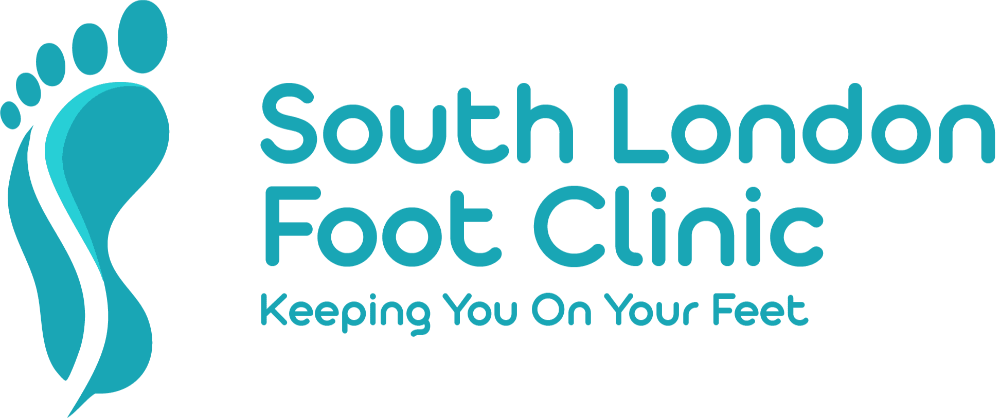Children's Footwear
Aug 08, 2020Getting the right shoes for your child
Shoes are possibly the most important ‘clothing’ you buy for your child. A child can wear clothes that are too small or large, be uncomfortable but not get long term problems. However not wearing the right shoes can cause long term and even permanent damage to your child’s feet. Gait compensation as a result of foot pain and deformity can lead to painful knees, hips and lower backs. No wonder there are so many teenagers and young adults with painful knees and backs!
Therefore, getting the right shoes for your children is a responsibility that should be a high priority for all parents. Many parents rush to the shop, especially just before school start, and are shopping for the cheapest shoes. This is not advisable as sturdy, good quality shoes are oftentimes a little dearer. Following is a guide for parents when getting shoes for their children and also how to maintain good foot health.

When Buying Shoes For Your Child Remember To:
- Have their feet measured by a qualified fitter. Make sure both feet are measured for size and width. One foot maybe different from the other. Buy shoes for the larger foot
- If you can't get a qualified fitter, ask the shoe shop to help you fit shoes for your child. Ask if they can measure they're feet
- A fitting gauge is just a guide – all gauges vary in calibration – and also all shoes vary in sizes. There is no standardisation and therefore a fitter that is qualified is important to get the right shoe for the shape of the foot
- Assessment should be made standing as the foot spreads when weight is applied
- Buy foot wear from natural materials – cotton, leather etc. These materials allow the foot to breath and mould to the shape of the foot
- Adjustable – lace, strap or Velcro fastener – across the midfoot. This allows better fit and for thicker/thinner hosiery and more room if the feet get hot and swollen
When Buying Shoes Don’t Forget To:
- not rely on the question ‘do they feel comfortable?’ for very young children. Toe and foot distortion can occur without feeling pain and cramping
- Check for fit – Childrens shoes should be professionally checked for correct fit every 3-6 weeks for infants (0-3 years), 6-8 weeks (3-4 years) and every 10-12 weeks thereafter. A qualified shoe fitter will not sell you shoes if the current ones are a good fit. Don’t be afraid to get a fitting; as they will be happy to measure and give advice accordingly. Never take advice from a shop that asks your child’s shoe size and takes your word for it without checking themselves
- Wearing new shoes can lead to blisters. Make sure they wear their shoes with socks. Their school shoes should be worn for short periods indoors before wearing them all day at school
Some Pointers:
- The shoes should bend at the big toe joint. This is important for good foot function
- Sturdy supportive sole and upper – including the heel counter
- Check your child’s sock drawer regularly and discard outgrown or misshapen socks. Check for seams that can create a knot that rubs on your child’s toes. Socks that are too small can restrict growth and circulation
- A fingers breadth of space to the longest toe of the foot
- The right shoe for the right occasion. Trainers for sport, school shoes for school, mountains shoes for hill walking and wellies for wet weather!
Click the link to search the register for qualified childrens foot fitters!
CLICK HERE to find a qualified childrens shoe fitter.
Click here to book an appointment if your child is getting foot or lower limb pain.
or go to the booking page here:
https://www.southlondonfootclinic.co.uk/book-online-page
Stay connected with news and updates!
Join our mailing list to receive the latest news and updates from our team.
Don't worry, your information will not be shared.
We hate SPAM. We will never sell your information, for any reason.



